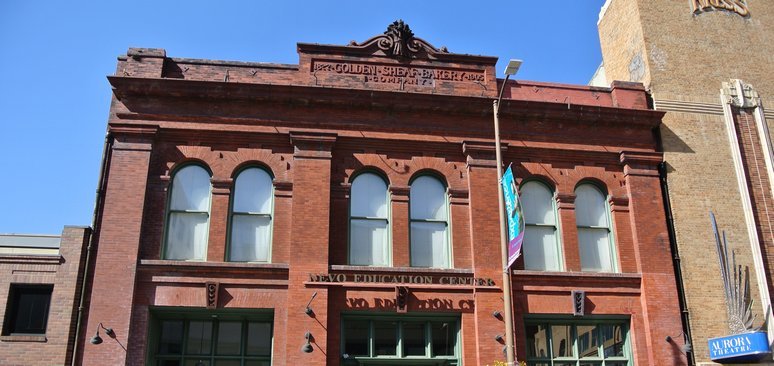Berkeley’s Council of Neighborhood Associations (CNA) was started in 1975, to inform residents about what’s really going on around town. The CNA Board was then comprised of members of the Boards of neighborhood associations from around the City. Over the years, CNA has remained very active in defending the people who live and work in Berkeley against powerful interests. We have both supported and opposed the actions of the University Administration and the City Council, and were always very mindful of the needs of those who simply wanted to live, work and study in Berkeley rather than profit from it.
Since its inception, CNA has published a newsletter that is distributed widely across our town and is available through subscription. It alerts Berkleyans to important issues that will impact them. We prided ourselves on staying ahead of mainstream media, due to our original research, ears to the ground and neighborhood contacts.
CNA was a California (non-profit) Public Benefit Corporation, and therefore could not endorse political candidates, although it did publish recommendations on local ballot measures. Its nine-member board met every month.
Unfortunately, CNA ceased operations in 2015. No further comments are being accepted, but we will maintain the website, and begin adding files of every issue of our newsletter, to allow viewers to follow 40 years of Berkeley’s history. Thank you for your support.

The City Council will vote on the new energy ordinance BESO on Tues 12/14/2014. I just learned of it today via a letter to the Berkley Daily Planet webiste by Vivian Warniker. Isn’t anyone opposing this intrusive and costly burden to homeowners?
Hi Lynn
CNA is, very definitely, and will be emailing everyone this weekend. Note that the venue has changed to Longfellow Middle School Auditorium.
The 2nd reading was postponed until 1/20/2015, and may have been postponed further by the Agenda Committee.
Just trying to figure out how to reach Gale Garcia or to post a reply to the piece on water intrusion in stucco buildings that is in the July 2015 CNA Newsletter, which makes some good points about the “build it cheap” approach to much of what is being built, but misplaces the blame for water intrusion on the selection of sheathing material. If water is getting to the sheathing layer of a building, whether it is OSB or plywood, the waterproofing membrane has failed and the battle is lost. In the case of the Library Gardens tragedy, I am quite confident that the wall sheathing had nothing to do with the failure, which happened because water was allowed, hidden from view and with no possible way out of the floor assembly, into the non-decay-resistant cantilever joists. Without any sort of structural redundancy or provision for a non-catastrophic mode of failure, the decaying joists inevitably gave way suddenly under the body weight of the victims.
Hi Mr. Tolman,
Thank you for your interest in my article in the July 2015 CNA Newsletter.
In 2004 I was actively engaged in studying the stucco failures going on around town and reading everything I could find about OSB. I came away from this endeavor believing that OSB that had been exposed to moisture during the construction process was a major factor leading to increased susceptibility to water intrusion in the completed project.
I’ve read hundreds of sources cautioning that OSB must be protected from moisture, and that repeated exposure degrades OSB severely. And as I said in my article, many recent Berkeley projects allowed the OSB to be soaked by rain over an entire winter during construction.
If the SF Chronicle reporter is correct that the architectural plans for Library Gardens called for plywood, and the builder chose to use a cheaper product, it is certainly possible that other cost-cutting methods with respect to waterproofing were employed. Unfortunately, due to the removal of the balconies, the investigation being conducted might not be able to determine exactly how the waterproofing failed.
Sorry to let so many months go by, but I was unaware that my note had been posted, let alone replied to my Ms. Garcia, until a potential client told me she had found this site while googling me.
OSB may be somewhat quicker to fail than is exterior plywood when exposed to moisture, but neither should ever be allowed to be continuously or repeatedly wetted when serving as sheathing. However, wet sheathing could have no direct role in the structural failure of the balcony framing. As water infiltrated the building, it undoubtedly wetted the sheathing on its way to the structural members, causing them to decay and ultimately collapse. I can imagine other scenarios in which damaged sheathing could contribute to structural failure, but only if it is asked to take on a structural role, such as shear bracing against winds or seismic forces. In this case even decay resistant plywood sheathing may not have prevented the decay of the joists, since the sheathing is not part of the waterproofing system.